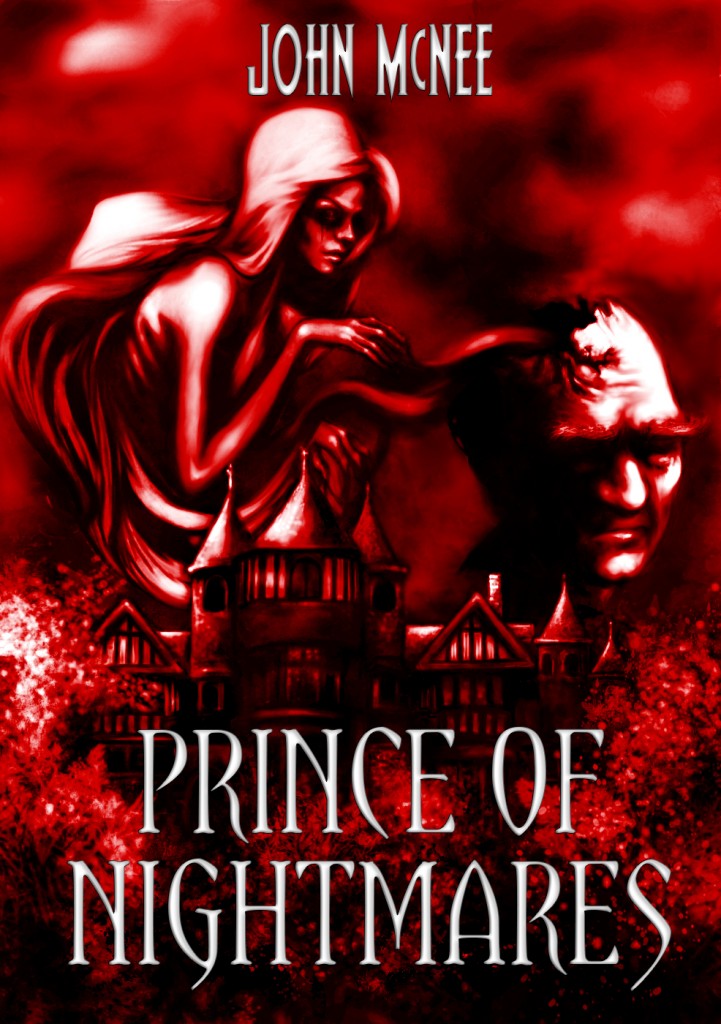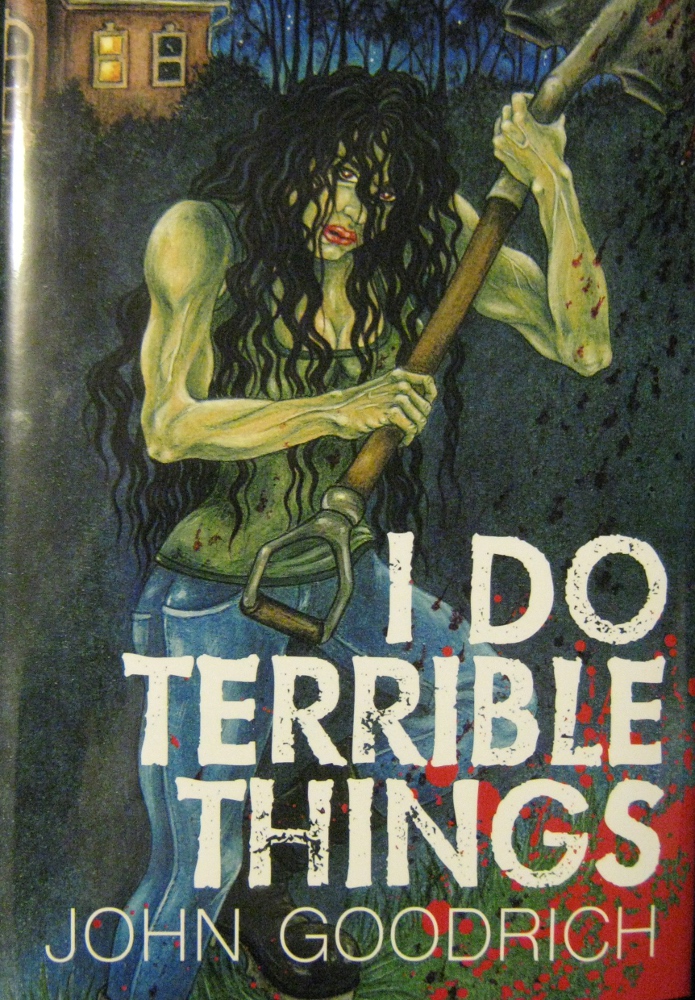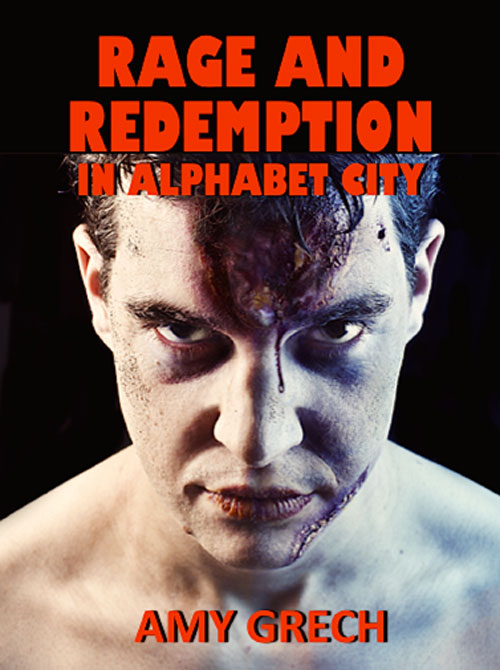
This week on The Scariest Part, my guest is John McNee, whose debut horror novel is PRINCE OF NIGHTMARES. Here’s the publisher’s description:
Welcome to the Ballador Country House Hotel. Nestled in the highlands of Scotland, it is unlike any other lodging. Guests can expect wonderful scenery, gourmet food, and horrifying nightmares — guaranteed. Daring travelers pay thousands to stay within the Ballador’s infamous rooms because of the vivid and frightening dreams the accommodations inspire.
Before Josephine Teversham committed suicide, she made a reservation at the hotel for her husband, Australian magnate Victor Teversham. Once he arrives at the hotel, Victor finds himself the target of malevolent forces, revealing the nightmares — and their purpose — to be more strange, personal, and deadly than anyone could have guessed.
And now, let’s hear what the scariest part was for John McNee:
I miss being scared.
There are many different kinds of fear. Horror fans know this well. It’s why we’ll happily wade through an endless sea of cheap, derivative scares to find something that genuinely chills us. What most of us want, I think, is to experience the same kind of terror we knew as children, though for most rational adults it’s close to impossible. And that’s a shame.
At 31, there are things of which I am afraid, but they are as nothing compared to the shapeless terrors that lurked beyond every darkened doorway when I was five years old.
The world seemed a different place then. How could it not? Santa Claus was real. The Tooth Fairy was real. The same went for magic, God and angels. These were facts, for the most part unquestioned. Leprechauns, mermaids and unicorns weren’t guaranteed but seemed just as possible. The world seemed like such an incredible place, so full of wondrous possibilities. I don’t long for much from my childhood, but I do miss that.
However, if God existed it only made sense that the Devil did too. And if Santa Claus could cram his fat ass down your chimney then so could any number of vampires, demons, trolls and gremlins — and on as many nights of they year as they damn well pleased.
No matter what any adult ever claimed, I knew there were a million good reasons to fear the night, each one more strange and extraordinary than the last. And as terrifying as they all were, I’d gladly take any of them over the very real monsters of the modern world — the uniformly pathetic men exerting power through violence.
There is nostalgia in terror. It takes us back to a place where anything seemed possible. The experience of joy today isn’t so different from how it was then. Same goes for sadness and anger. But nothing connects me to my childhood quite so quickly and effectively that sense of bottomless dread.
It’s one of the many reasons I enjoy horror so much, though it’s been a long time since any film, book or game gave me such a visceral fright, simply because I know the horrors on show don’t exist.
That wasn’t something I knew as a child and it’s not something I can totally let go of in adulthood, though I do occasionally forget it when I’m asleep.
In fact, these days, the only time I ever get really close to the kind of scare I miss so much is when I have a nightmare.
I love nightmares but they are all too infrequent. That’s why I know if a hotel ever promised that its guests would be guaranteed nightmares, I’d be one of the first in line for a reservation. And it’s why I can identify somewhat with Heinrich, one of the supporting characters in my novel Prince of Nightmares and frequent guest at the Ballador Country House Hotel.
By the time he’s introduced in the story, Heinrich has experienced the hotel’s famed nightmares so many times that they have ceased to frighten him. In fact, he has developed methods for manipulating them, turning the dreamscape into his own personal playground.
A sadist by profession as well as nature, his repeat visits to the hotel have become all about entertainment and personal gratification. Fear doesn’t even enter into it.
That’s until one evening after dinner when he takes a stroll through the hotel’s gardens and encounters something impossible.
At first it looks like a boulder, pushed up through the ground, but then it begins to take shape, spreading huge arms to push itself up from the earth. Its twisted, worm-like body emerges, first the tail and finally the head. It turns its face to Heinrich — its bulging eyes and smiling mouth of dagger-like teeth — and he recognizes it.
He knows he’s not dreaming. He knows what he’s seeing is real, that it’s happening now, though he knows it can’t be. He knows it’s impossible.
And then the thing speaks. It calls his name.
At that moment, Heinrich experiences pure, overwhelming terror. It’s a kind of fear he hasn’t known since childhood, but it’s back with a vengeance. And with good reason.
Because if just one grotesque abomination from the depths of nightmare can somehow claw its way into existence, it stands to reason that anything could.
John McNee: Facebook / Twitter / Goodreads
Prince of Nightmares: Amazon
John McNee is the author of numerous strange and disturbing horror stories published in various anthologies. He is also the creator of Grudgehaven and the author of Grudge Punk, a collection of short stories detailing the lives and deaths of its gruesome inhabitants. Prince of Nightmares is his first horror novel. He lives in the west of Scotland, where he is employed on a trade magazine.




